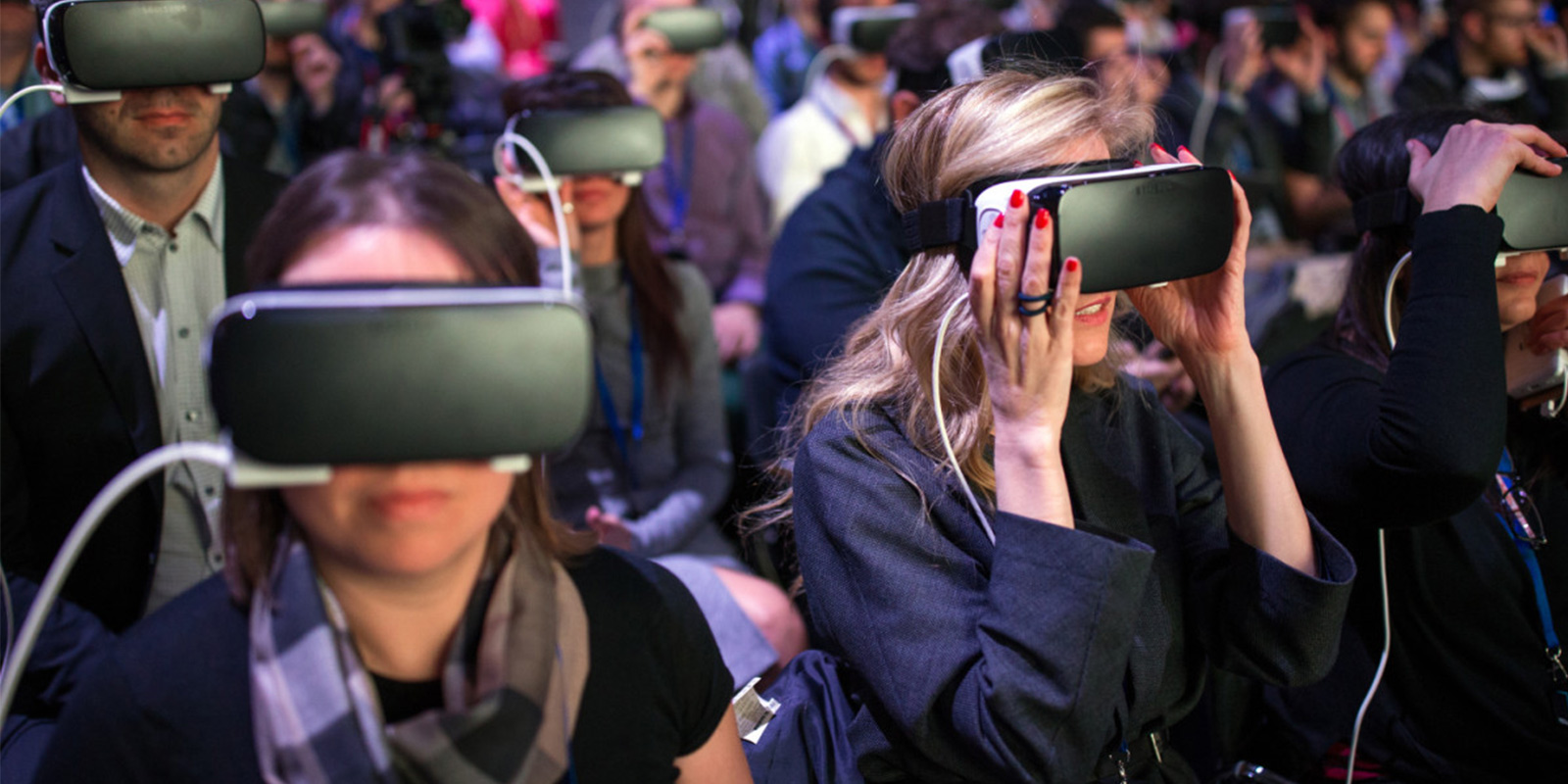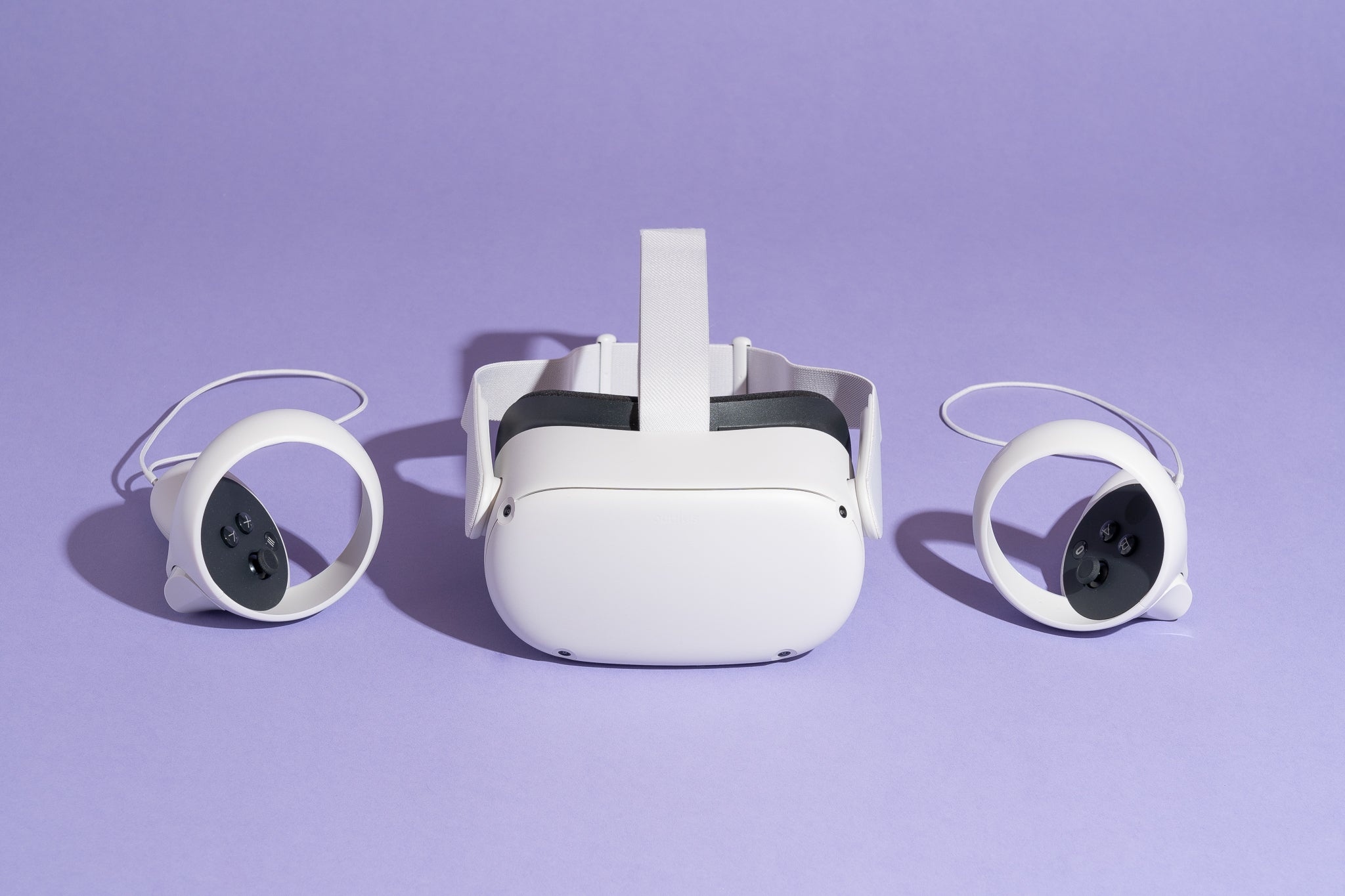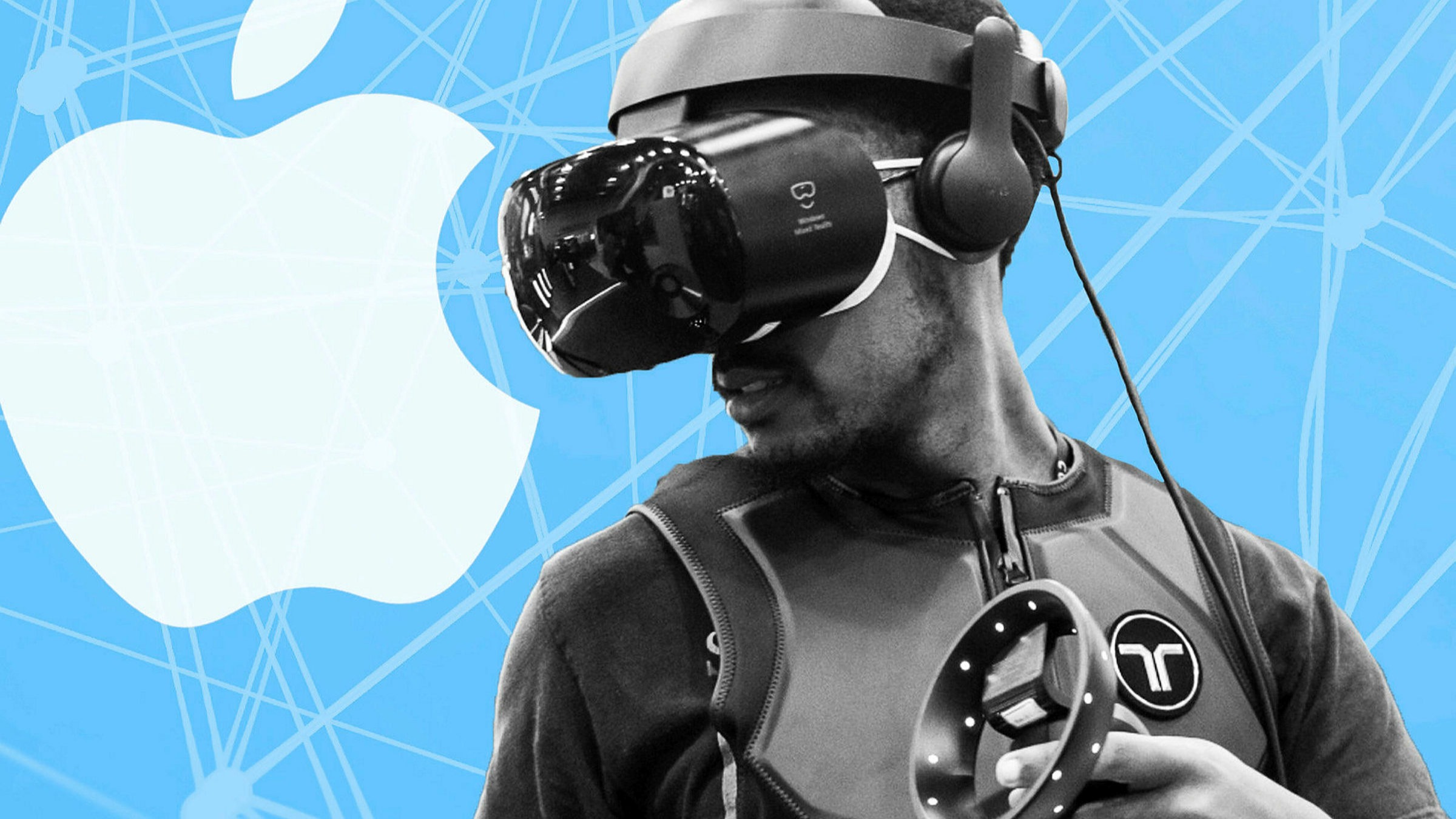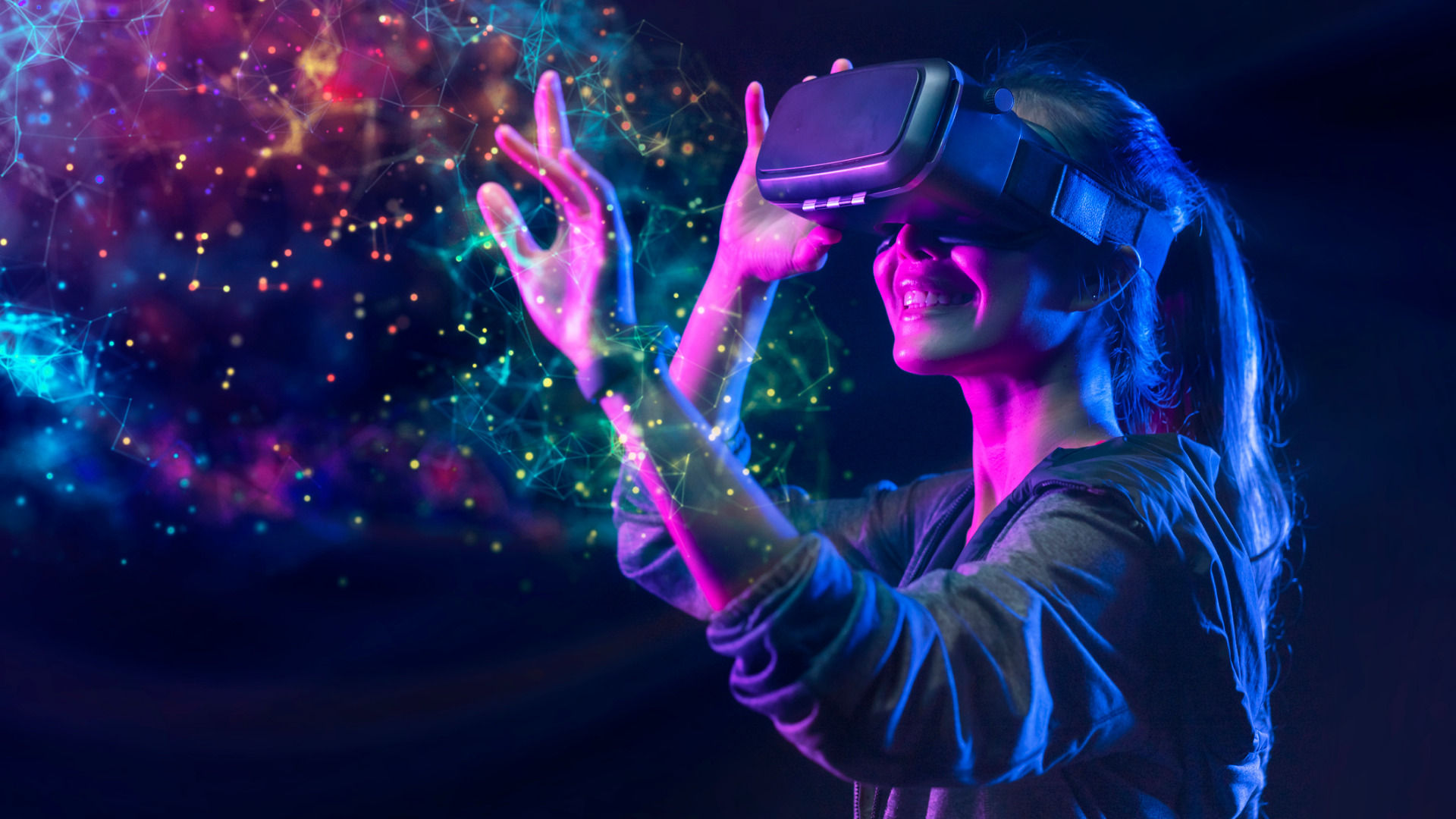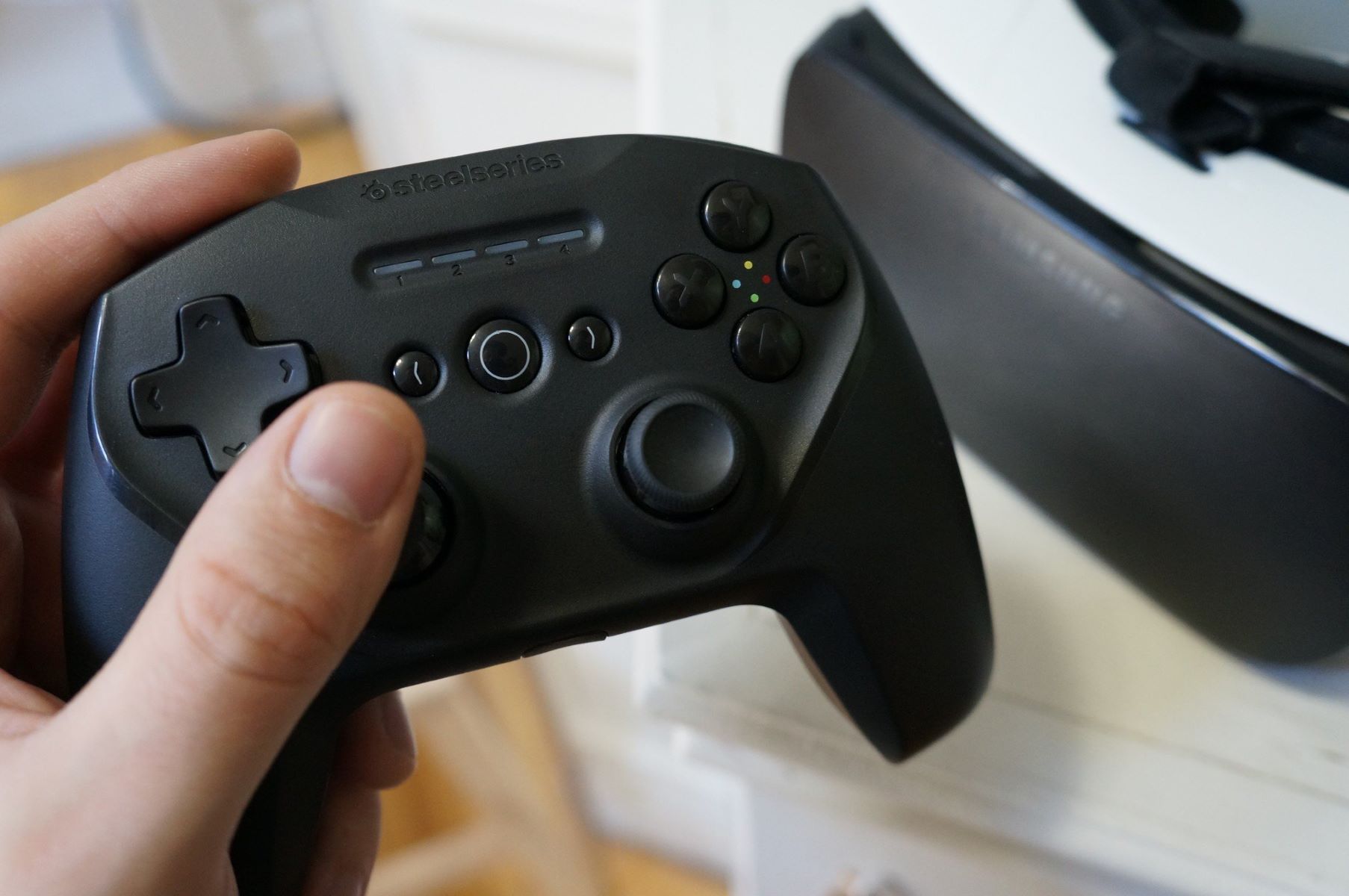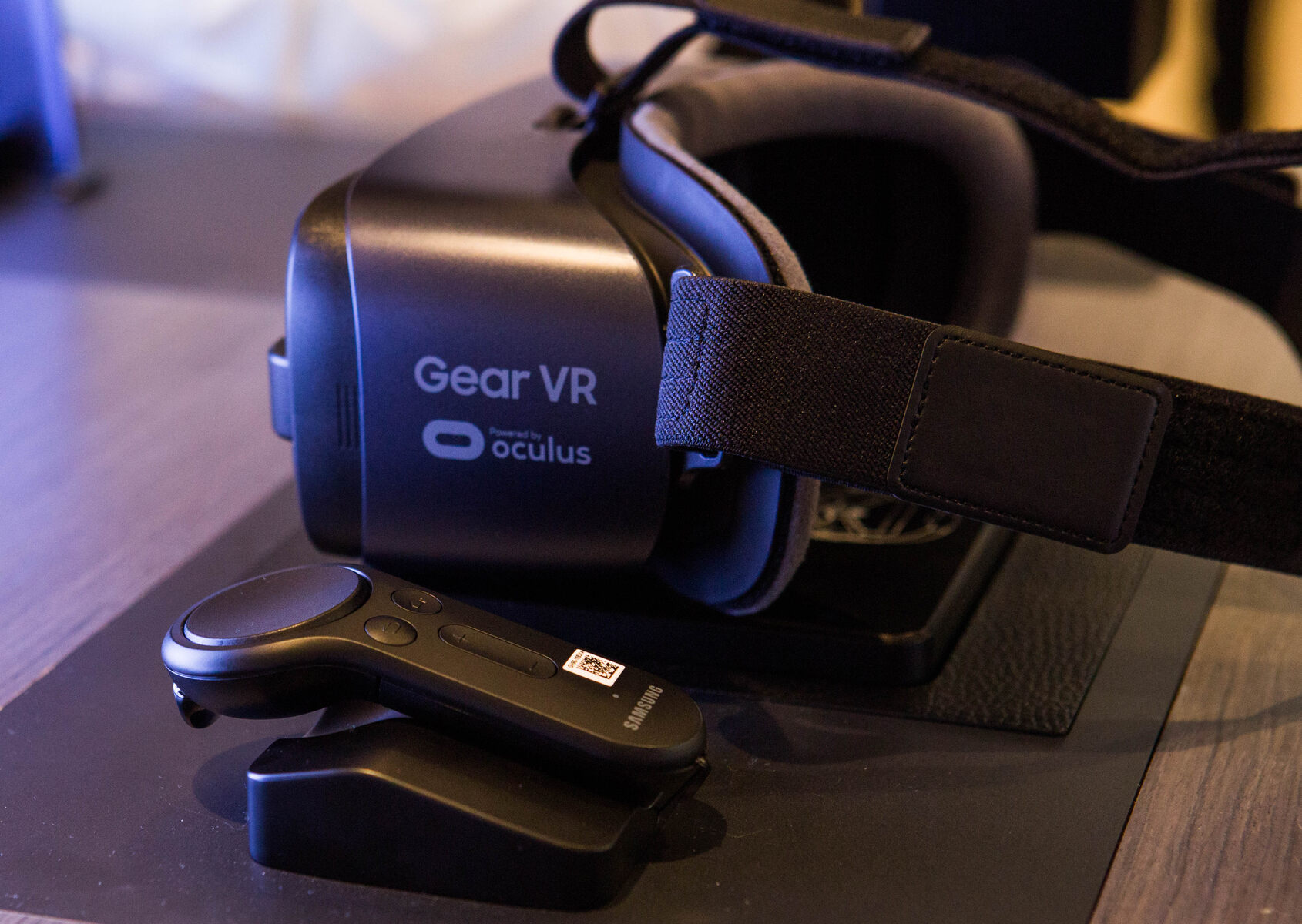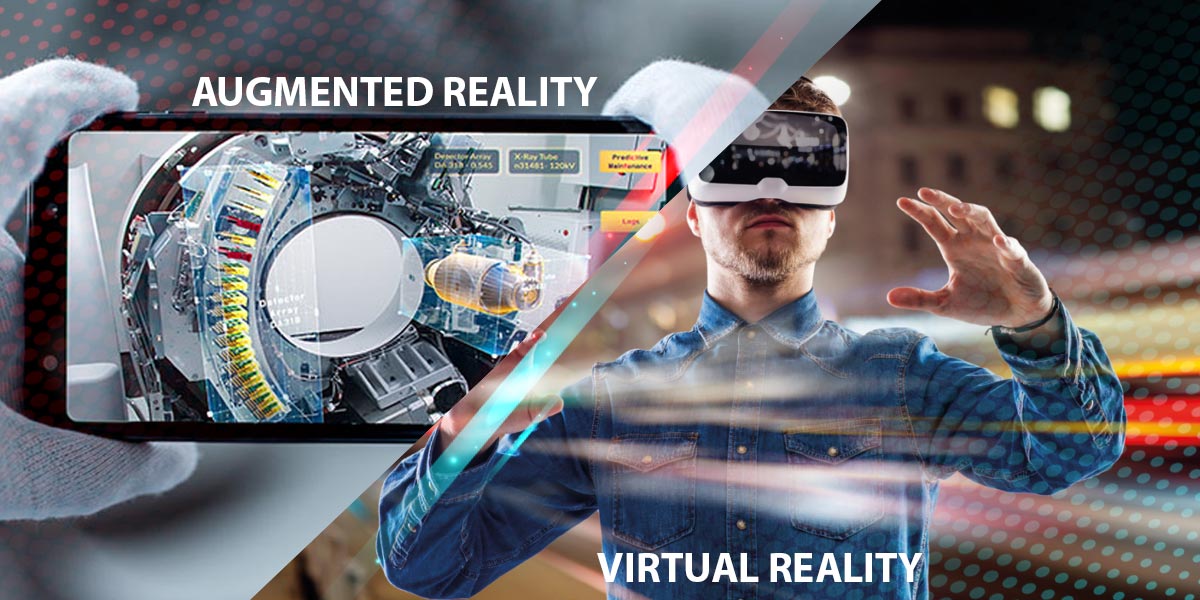Introduction
Virtual Reality (VR) has revolutionized the way we interact with digital content and has become a mainstream technology in various industries. It offers users a simulated experience that can be similar to or different from the real world. With the advancement of technology, there are different types of virtual reality experiences available to users today. Understanding the distinctions between these types can help users make informed decisions about which virtual reality system to use based on their preferences and needs.
In this article, we will explore the different types of virtual reality experiences, including non-immersive VR, semi-immersive VR, and fully immersive VR. We will also discuss augmented reality (AR) and mixed reality (MR), which are closely related to virtual reality but offer unique experiences.
The world of virtual reality is vast and continually evolving, offering users endless possibilities for entertainment, education, training, and more. By delving into the various types of virtual reality, you can better understand how this technology works and how it can enhance your digital experiences.
Non-Immersive Virtual Reality
Non-immersive virtual reality refers to virtual reality experiences that do not completely immerse users in a simulated environment. Instead, it typically involves viewing virtual content through a computer screen or a mobile device.
One of the most common examples of non-immersive virtual reality is 360-degree video. With 360-degree video, users can explore a virtual environment by moving their devices or dragging their mouse to view different angles. Although users can look around and interact with the content, there is still a sense of detachment from the virtual world.
Non-immersive virtual reality experiences are often accessible and less expensive compared to other types of virtual reality. They can be enjoyed using devices such as smartphones, tablets, or desktop computers, making them more widely available to a larger audience.
While non-immersive virtual reality may not provide the same level of sensory immersion as other types, it still offers valuable opportunities for entertainment, educational simulations, and training purposes. For example, non-immersive virtual reality can be utilized for virtual tours of historical sites or museums, allowing users to explore and learn at their own pace.
Additionally, non-immersive virtual reality can be used for virtual meetings and remote collaboration. By simulating a shared workspace, individuals located in different geographical locations can interact and collaborate as if they were physically present together.
Overall, non-immersive virtual reality provides a glimpse into the capabilities of virtual reality technology and enables users to engage with virtual content to some extent. While it may not offer the same level of immersion as other types of virtual reality, it still presents exciting opportunities for various applications.
Semi-Immersive Virtual Reality
Semi-immersive virtual reality offers a more engaging and interactive experience compared to non-immersive virtual reality. With semi-immersive VR, users are partially immersed in a virtual environment, typically through the use of headsets or specialized devices.
One popular example of semi-immersive virtual reality is the use of head-mounted displays (HMDs). These headsets provide users with a more immersive experience by blocking out their surroundings and creating a visual-only virtual environment. By wearing the headset, users can feel more connected to the virtual world and have a greater sense of presence within it.
In addition to HMDs, semi-immersive VR can also incorporate motion tracking sensors or handheld controllers to enhance user interaction. These devices allow users to move and interact with virtual objects, adding a layer of physicality to the experience.
Semi-immersive virtual reality is commonly used in gaming, where users can fully immerse themselves in a virtual world and interact with the game environment. This type of VR can provide a more immersive and realistic gaming experience, as users can physically move, look around, and manipulate objects in the virtual space.
Beyond gaming, semi-immersive virtual reality has numerous applications in fields such as architecture, education, and healthcare. Architects can use semi-immersive VR to visualize and present their designs in a more realistic manner, allowing stakeholders to better understand the space. In education, immersive simulations can provide students with hands-on experiences and enhance their understanding of complex concepts. In healthcare, semi-immersive VR can be utilized for training purposes, allowing medical professionals to practice procedures in a safe and controlled virtual environment.
Overall, semi-immersive virtual reality bridges the gap between non-immersive and fully immersive experiences. It offers a more interactive and engaging virtual environment, allowing users to have a heightened sense of presence and interaction within the digital world.
Fully Immersive Virtual Reality
Fully immersive virtual reality is the most advanced and immersive type of virtual reality experience. With fully immersive VR, users are completely transported and immersed in a virtual environment, providing a highly realistic and interactive experience.
This type of virtual reality typically involves the use of head-mounted displays (HMDs) that completely cover the user’s field of view. The displays often incorporate high-resolution screens and advanced tracking technology to create a seamless and immersive visual experience. Additionally, fully immersive VR may also incorporate other sensory feedback, such as spatial audio and haptic feedback, to further enhance realism and immersion.
One of the key features of fully immersive virtual reality is the ability to move and navigate within the virtual environment. Users can physically walk around, interact with objects, and even manipulate the virtual world in real-time. This level of interaction and physical movement adds a sense of presence and realism that is unmatched by other types of virtual reality experiences.
Fully immersive virtual reality has a wide range of applications across various industries. In the gaming industry, it allows players to fully immerse themselves in virtual worlds, providing an incredibly immersive and lifelike gaming experience. Virtual reality arcades have also emerged, where users can experience fully immersive VR games and experiences in a dedicated and controlled environment.
Outside of gaming, fully immersive virtual reality has found applications in fields such as architecture and design, training and simulations, and therapy. Architects can use fully immersive VR to walk clients through virtual representations of buildings, helping them visualize the final product before construction. In training and simulations, virtual reality enables users to safely practice complex procedures and scenarios in a realistic and controlled environment. Therapeutic applications of VR include pain management, phobia treatment, and rehabilitation therapy.
While fully immersive virtual reality offers unparalleled levels of immersion and interactivity, it often requires more powerful hardware and dedicated physical space for optimal use. Despite these requirements, the potential for fully immersive VR to transform entertainment, education, healthcare, and various other industries is immense.
Augmented Reality
Augmented Reality (AR) is a type of technology that overlays digital content onto the real-world environment, blending virtual elements with the physical world. Unlike virtual reality, which aims to create an entirely simulated environment, augmented reality enhances the real-world environment by adding computer-generated elements in real-time.
AR experiences are typically viewed through mobile devices, such as smartphones or tablets, or through specialized AR glasses. By utilizing the device’s camera and sensors, AR can detect and track the user’s surroundings, allowing virtual content to be seamlessly integrated into the real world.
One of the main advantages of augmented reality is its ability to provide contextual information and enhance real-world experiences. For example, in the field of navigation, augmented reality can display virtual directions or street names onto the physical environment, making it easier for users to navigate unfamiliar locations. AR can also be used in education to overlay supplementary information, such as 3D models or annotations, onto textbooks or learning materials, creating an interactive and engaging learning experience.
Another common application of augmented reality is in gaming. Popular examples include Pokémon Go, where virtual creatures are overlaid onto the real-world environment, and AR escape room games, where players must solve puzzles and search for clues in their physical surroundings.
Augmented reality has experienced significant growth in recent years and is increasingly being integrated into various industries. In retail, AR can be used to provide virtual try-on experiences, allowing customers to visualize how products, such as clothing or furniture, would look in their own space. In manufacturing and maintenance, AR can assist workers by overlaying instructions and virtual guides onto equipment, increasing efficiency and reducing the need for printed documents.
Overall, augmented reality has the potential to revolutionize the way we interact with our surroundings, providing us with valuable information, entertainment, and enhanced experiences in the real world.
Mixed Reality
Mixed Reality (MR) is a type of technology that combines elements of both virtual reality and augmented reality to create a hybrid experience. With mixed reality, virtual and physical objects coexist and interact in real-time, blurring the boundary between the real and virtual worlds.
Mixed reality is achieved through the use of specialized headsets, often referred to as MR headsets or smart glasses. These devices enable users to see and interact with both real-world elements and virtual content simultaneously. Unlike augmented reality, where virtual elements are overlaid onto the real world, mixed reality allows virtual objects to be anchored and interact with the physical environment.
One of the distinguishing features of mixed reality is the ability to spatially map the user’s environment and create a persistent virtual space within it. This means that virtual objects can have a sense of permanence and continuity, allowing users to revisit and interact with them over time. This spatial mapping also enables occlusion, where virtual objects can be hidden behind real-world objects, creating a more realistic and immersive experience.
Mixed reality offers a range of possibilities in various fields. In the gaming industry, it allows for interactive virtual experiences where users can physically move, touch, and interact with virtual objects in their real-world environment. Educational applications of mixed reality include virtual science experiments, historical reenactments, and immersive language learning experiences.
In the field of design and architecture, mixed reality enables users to visualize and make changes to 3D models in real-time, enhancing the design process. In healthcare, mixed reality can be used for medical training simulations, allowing students to practice procedures in a realistic and immersive environment.
Furthermore, mixed reality has the potential to revolutionize communication and collaboration by simulating shared virtual spaces where users can interact and collaborate in real-time, regardless of their physical location. This can transform the way teams work remotely, enabling them to have a more immersive and engaging collaborative experience.
As mixed reality continues to advance, it opens up new frontiers for creativity, productivity, and entertainment by seamlessly blending the physical and virtual worlds in a way that was previously unimaginable.
Conclusion
Virtual reality has transformed the way we interact with digital content, offering immersive and engaging experiences. By understanding the different types of virtual reality, including non-immersive VR, semi-immersive VR, and fully immersive VR, as well as augmented reality and mixed reality, we can appreciate the diverse range of experiences and applications available.
Non-immersive virtual reality allows users to explore virtual content through screens and devices, offering accessibility and versatility. Semi-immersive VR enhances immersion by incorporating headsets and interactive devices, providing users with a more engaging experience. Fully immersive virtual reality takes immersion to another level, transporting users into a virtual world with complete interaction and realistic experiences.
Augmented reality overlays virtual content onto the real-world environment, enriching our surroundings with contextual information, interactive elements, and entertainment. Mixed reality combines elements of both virtual and augmented reality, allowing for the coexistence and interaction of virtual and physical objects, creating a hybrid and immersive experience.
These different types of virtual reality offer unique opportunities across various industries. From gaming and entertainment to education, architecture, healthcare, and beyond, virtual reality technologies have the potential to revolutionize numerous fields.
As the technology continues to advance, virtual reality experiences will become even more realistic, interactive, and accessible, offering us increasingly rich and immersive digital experiences. Whether it’s exploring distant lands, simulating real-world scenarios, or enhancing everyday tasks, virtual reality continues to push the boundaries of what is possible, opening up new avenues for entertainment, education, communication, and innovation.







